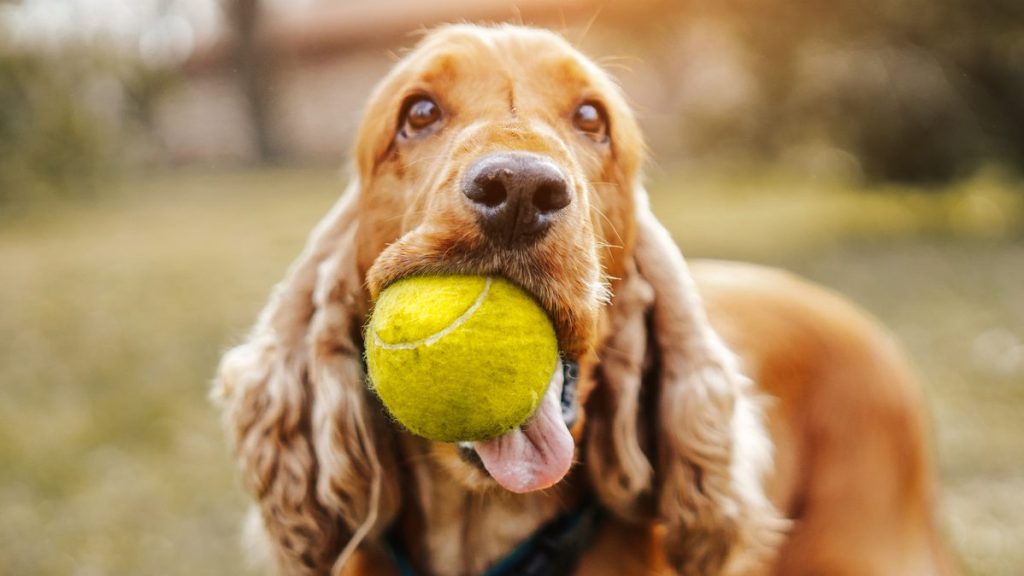Mouthiness, a tendency to nip, chew, and playfully bite, is a common behavior in puppies across many dog breeds. For some breeds, the tendency persists into adulthood, particularly with sporting and herding breeds. Because of this inherent instinct in many breeds, mouthy dogs are more inclined to use their mouths to hold or “herd” their human family members. Of course, this…




















